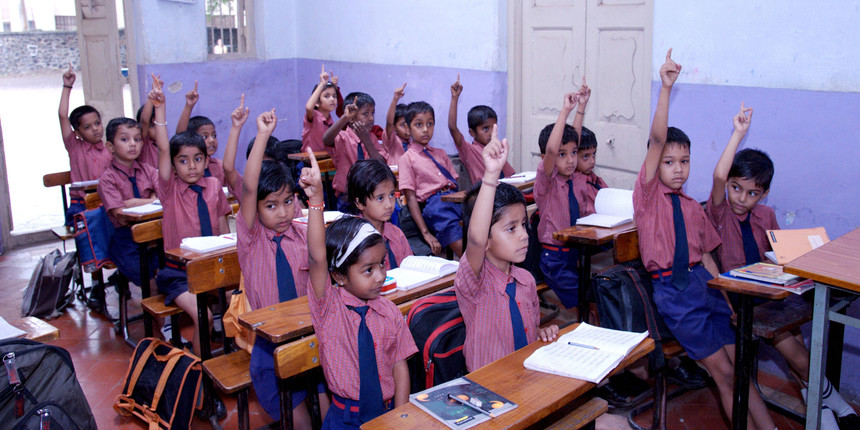Around 11% Class 3 students cannot do basic maths: Education Ministry Study
Atul Krishna | September 7, 2022 | 04:11 PM IST | 3 mins read
The study, which was conducted in 20 languages, also found that a significant percentage of students “cannot complete the most basic grade-level tasks” in their language.

NEW DELHI: A study released by the ministry of education has found that 11 percent of Class 3 students “cannot complete the most basic grade-level tasks” in mathematics. It also found that only 37 percent of Class 3 students can “partially complete” mathematics tasks designed for their level.
The study, which was conducted in 20 languages, also found that a significant percentage of students “cannot complete the most basic grade-level tasks” in their language. Tamil (42%) and Konkani (38%) had the highest percentage of Class 3 students who could not complete basic tasks in the language.
The education ministry, on Wednesday, published the study on foundational literacy and numeracy of over 86,000 Class 3 students across India. The study covered students from 10,000 schools and involved more than 18,000 teachers.
The foundational literacy and numeracy survey tested the students’ ability to read, write and do basic mathematics. It was conducted in 20 languages and the results will be used for planning interventions at the school level.
The study was conducted based on the Global Proficiency Framework, created by United Nations Educational, Scientific and Cultural Organization’s (UNESCO) International Bureau of Education. In this framework, students are categorised on four levels —below partially meets, partially meets, meets, and exceeds global minimum proficiency—on a common scale from low to high achievement.
Foundational numeracy
For foundational numeracy, students were tested on number identification and comparison, number operations, multiplication and division, measurement, fractions, patterns, and data handling.
The study found that, at the national level, 11 percent of Class 3 students “cannot complete the most basic grade-level tasks” in mathematics and 37 percent of students can only do it partially.
Only 42 percent of students met the global level of minimum proficiency and only 10 percent of students exceeded the global minimum level of proficiency, the study said.
For foundational numeracy, the highest percentage of students who could not do basic mathematics were in Tamil Nadu (29%) and Jammu and Kashmir (28%).
Among states, Jharkhand had the lowest percentage of students who could not complete basic tasks in mathematics with only two percent. West Bengal and Himachal Pradesh had only 5 percent who could not do basic mathematics for their level.
According to the study, Bihar had the highest percentage of students who exceeded the global minimum level of proficiency in mathematics, with 18 percent. West Bengal (16 percent), Karnataka (14 percent) and Odisha (14 percent) also had a high percentage of students who exceeded the global minimum level.
Foundational literacy
For foundational literacy, students were tested on oral language comprehension, awareness of speech sounds, decoding texts, reading comprehension, and oral reading fluency with comprehension.
The study found that a significant percentage of students “cannot complete the most basic grade-level tasks” in their language. The test was conducted in 20 languages- Assamese,
Bengali, Bodo, English, Garo, Gujarati, Hindi, Kannada, Khasi, Konkani, Malayalam, Manipuri, Marathi, Mizo, Nepali, Odia, Punjabi, Tamil, Telugu and Urdu.
Tamil (42%) and Konkani (38%) had the highest percentage of Class 3 students who could not complete basic tasks in the language. In Telugu, Bodo, and Garo, more than 30 percent students could not complete basic tasks in these languages.
Punjabi and Mizo had the lowest percentage of students who could not do basic tasks in their language with seven percent and 12 percent respectively.
According to the study, Punjabi had the highest percentage of students who exceeded global minimum proficiency with 47 percent. English (34) and Mizo (33 percent) followed Punjabi with the highest percentage of students who exceeded global minimum proficiency.
Follow us for the latest education news on colleges and universities, admission, courses, exams, research, education policies, study abroad and more..
To get in touch, write to us at news@careers360.com.